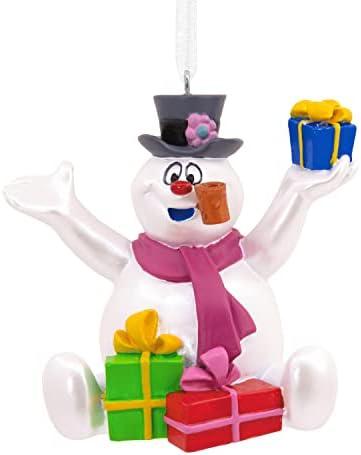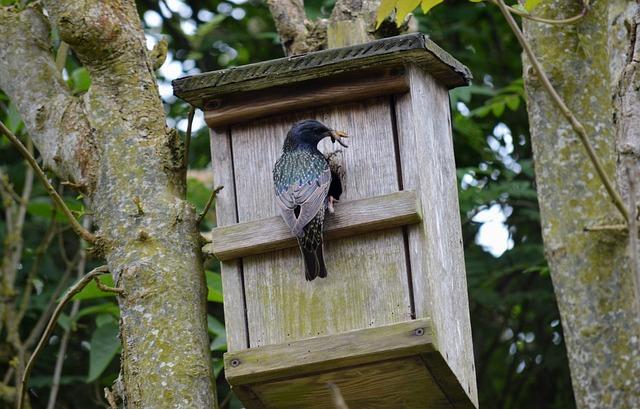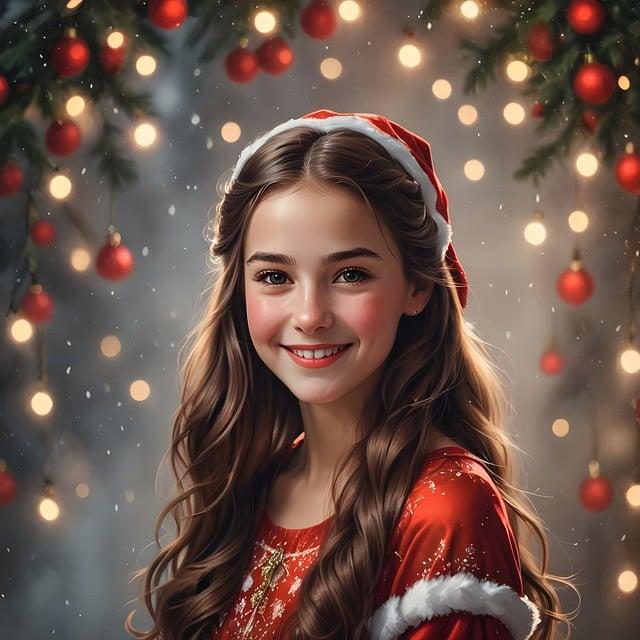Once upon a time in ancient Germany, the chill of winter wrapped the land in a frosty embrace. As the days grew shorter, villagers sought warmth and light. They adorned their homes with evergreen branches, symbolizing eternal life, and hung shimmering ornaments to chase away the darkness. This tradition blossomed into what we now know as Christmas decorations. Over centuries, the spirit of these early celebrations spread across Europe, transforming homes into festive havens, igniting joy and togetherness in the heart of winter.
Table of Contents
- Origins of Christmas Decoration and Its Cultural Significance
- Exploring the Evolution of Festive Traditions Across Different Countries
- Iconic Decorations: A Journey Through Time and Place
- Tips for Incorporating Global Influences into Your Holiday Decor
- Q&A

Origins of Christmas Decoration and Its Cultural Significance
The tradition of decorating for Christmas has roots that stretch back centuries, intertwining with various cultural practices and beliefs. One of the earliest forms of Christmas decoration can be traced to ancient pagan rituals, where evergreen plants were used to symbolize life and rebirth during the winter solstice. The use of holly, ivy, and mistletoe was prevalent in these celebrations, representing fertility and protection against evil spirits. As Christianity spread across Europe, these customs were absorbed into the Christmas festivities, leading to the incorporation of evergreens in homes and churches as a way to celebrate the birth of Christ.
In the 16th century, Germany emerged as a pivotal player in the evolution of Christmas decorations. The introduction of the Christmas tree, adorned with candles and ornaments, became a beloved tradition that quickly spread throughout Europe and beyond. This practice was further popularized by Queen Victoria and Prince Albert in the 19th century, who showcased a decorated tree in their home, capturing the imagination of the public. Today, Christmas decorations vary widely across cultures, but common elements include:
- Lights: Symbolizing hope and joy during the darkest days of winter.
- Ornaments: Often handmade or passed down through generations, reflecting personal stories and traditions.
- Nativity Scenes: Representing the birth of Jesus, these displays are central to many Christian households.
As these customs evolved, they began to reflect the unique cultural identities of different regions, showcasing a blend of historical significance and contemporary creativity. The act of decorating for Christmas has become a cherished ritual, fostering a sense of community and shared celebration across the globe.

Exploring the Evolution of Festive Traditions Across Different Countries
The origins of Christmas decoration can be traced back to various cultures, each contributing unique elements that have shaped the festive atmosphere we recognize today. In ancient times, the use of greenery was prevalent, symbolizing life and renewal during the winter months. The **Romans** adorned their homes with holly and ivy during the festival of Saturnalia, while **Germanic tribes** celebrated the winter solstice with evergreen boughs, believing they warded off evil spirits. These early practices laid the groundwork for the elaborate decorations we see in modern celebrations.
As Christianity spread across Europe, the incorporation of religious symbols into festive decor became more pronounced. The **Christmas tree**, a tradition that many associate with Germany, gained popularity in the 16th century when devout Christians began bringing trees into their homes and decorating them with candles and ornaments. Meanwhile, in **Italy**, the tradition of the Nativity scene emerged, showcasing the birth of Jesus with intricate displays that often included figurines and natural elements. Today, these diverse customs continue to evolve, reflecting the rich tapestry of cultural influences that define how we celebrate the holiday season around the world.

Iconic Decorations: A Journey Through Time and Place
As the festive season approaches, the art of Christmas decoration transforms homes and public spaces into enchanting winter wonderlands. The origins of these decorations can be traced back to ancient traditions, with Germany often credited as the birthplace of many beloved customs. In the 16th century, Germans began to adorn their homes with evergreen trees, symbolizing eternal life. This practice evolved into the modern Christmas tree, which became a centerpiece of holiday celebrations. The use of candles, which represented the light of Christ, was also popularized during this time, illuminating the dark winter nights and creating a warm, inviting atmosphere.
Over the years, various countries have contributed their unique flair to Christmas decorations, enriching the global tapestry of holiday traditions. For instance, in Italy, the nativity scene, or “presepe,” is a cherished decoration that showcases the birth of Jesus with intricate figurines and settings. Meanwhile, in Mexico, vibrant papel picado and colorful piñatas add a festive touch to the celebrations. Other notable elements include:
- Holly and mistletoe – symbols of peace and goodwill, often used in wreaths and garlands.
- Ornaments – handcrafted or store-bought, each telling a story or representing a cherished memory.
- Lights – illuminating homes and streets, creating a magical ambiance that captures the spirit of the season.
These diverse decorations not only reflect the cultural heritage of each country but also unite people in the shared joy of the holiday season, making Christmas a truly global celebration.

Tips for Incorporating Global Influences into Your Holiday Decor
Embracing global influences in your holiday decor can transform your space into a vibrant tapestry of traditions and cultures. Start by exploring **traditional ornaments** from various countries. For instance, consider incorporating **Mexican papel picado** banners, which add a festive flair with their intricate cut-out designs. You might also want to hang **Japanese origami cranes** as a symbol of peace and good fortune. These unique elements not only enhance your decor but also tell a story, inviting guests to appreciate the rich tapestry of global customs.
Another way to infuse international charm into your holiday setting is through **themed color palettes** inspired by different cultures. For example, you could adopt the **Scandinavian aesthetic** with a minimalist approach, using whites, reds, and natural wood accents to create a cozy atmosphere. Alternatively, draw inspiration from **Indian celebrations** by incorporating vibrant colors and intricate patterns, perhaps through textiles or decorative lanterns. By blending these diverse influences, you create a warm and inviting environment that celebrates the spirit of the season while honoring the beauty of global traditions.
Q&A
-
Which country is credited with starting Christmas decorations?
Germany is often credited as the birthplace of modern Christmas decorations, particularly with the introduction of the Christmas tree in the 16th century.
-
What are some traditional Christmas decorations from Germany?
Traditional decorations include:
- Christmas trees adorned with candles and ornaments.
- Advent wreaths with four candles.
- Nutcrackers and pyramids that are popular in German folklore.
-
How did Christmas decorations spread to other countries?
Christmas decorations spread through cultural exchange, trade, and the influence of German immigrants, particularly in the United States and the United Kingdom during the 19th century.
-
Are there unique Christmas decoration traditions in other countries?
Yes, many countries have their own unique traditions, such as:
- Spain: Celebrating with Belénes (nativity scenes).
- Mexico: Using piñatas and vibrant decorations.
- Italy: Displaying elaborate presepi (nativity scenes).
As we wrap up our journey through the origins of Christmas decoration, it’s clear that this festive tradition transcends borders. From ancient rituals to modern displays, each country adds its unique touch, reminding us that the spirit of Christmas is truly universal.

大家好,我是彼得潘,專業的手法身體治療師。我喜歡探索和研究各種主題,並透過與人工智慧的合作分享專業、實用、有趣的文章。我們定期進行人工審核,以確保內容的準確性。如果您發現文章中有任何不準確的地方,請隨時與我們聯繫,我們會及時糾正。您可以透過 [email protected] 與我們聯繫。



